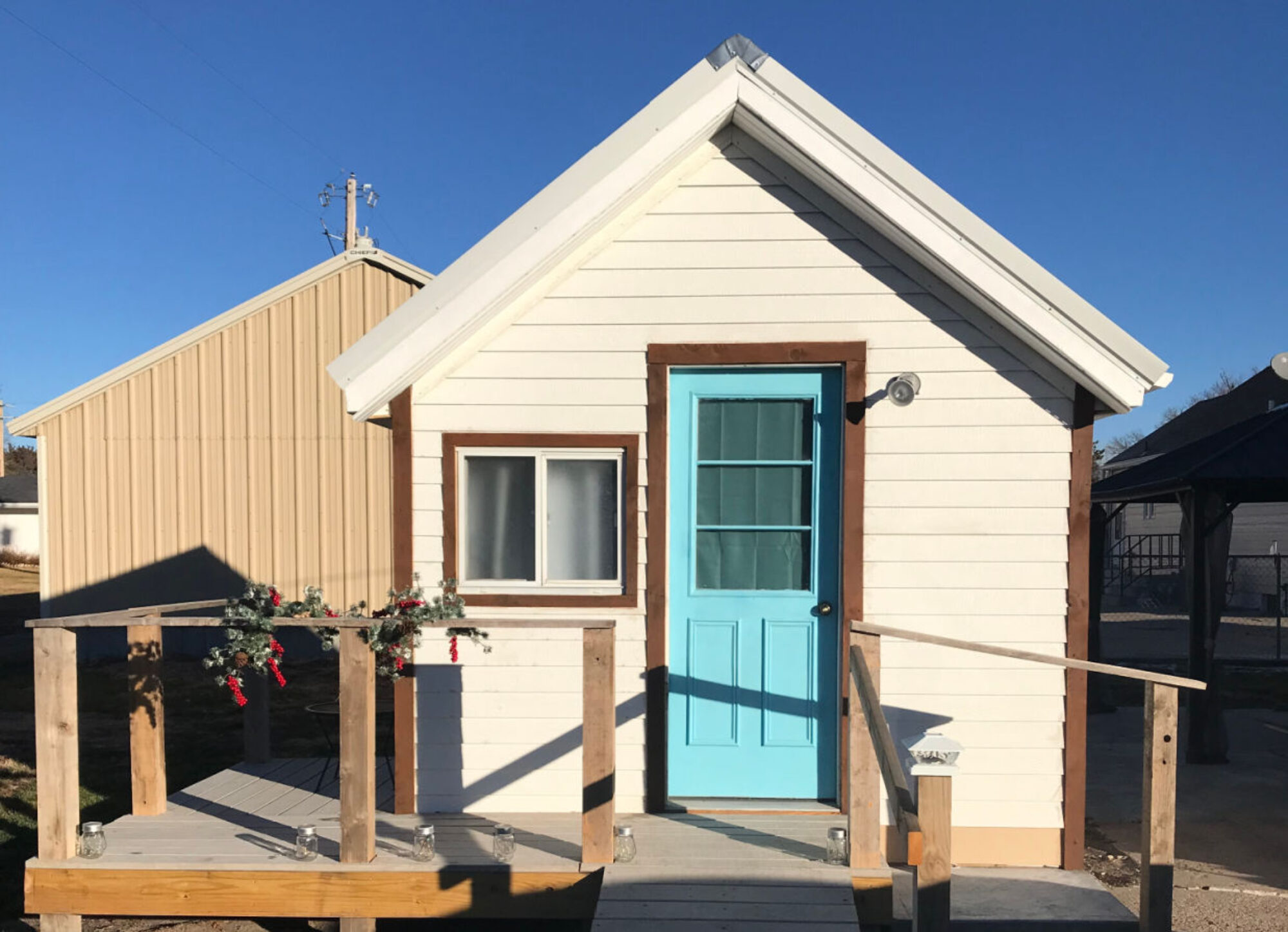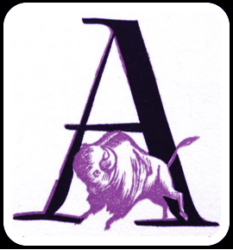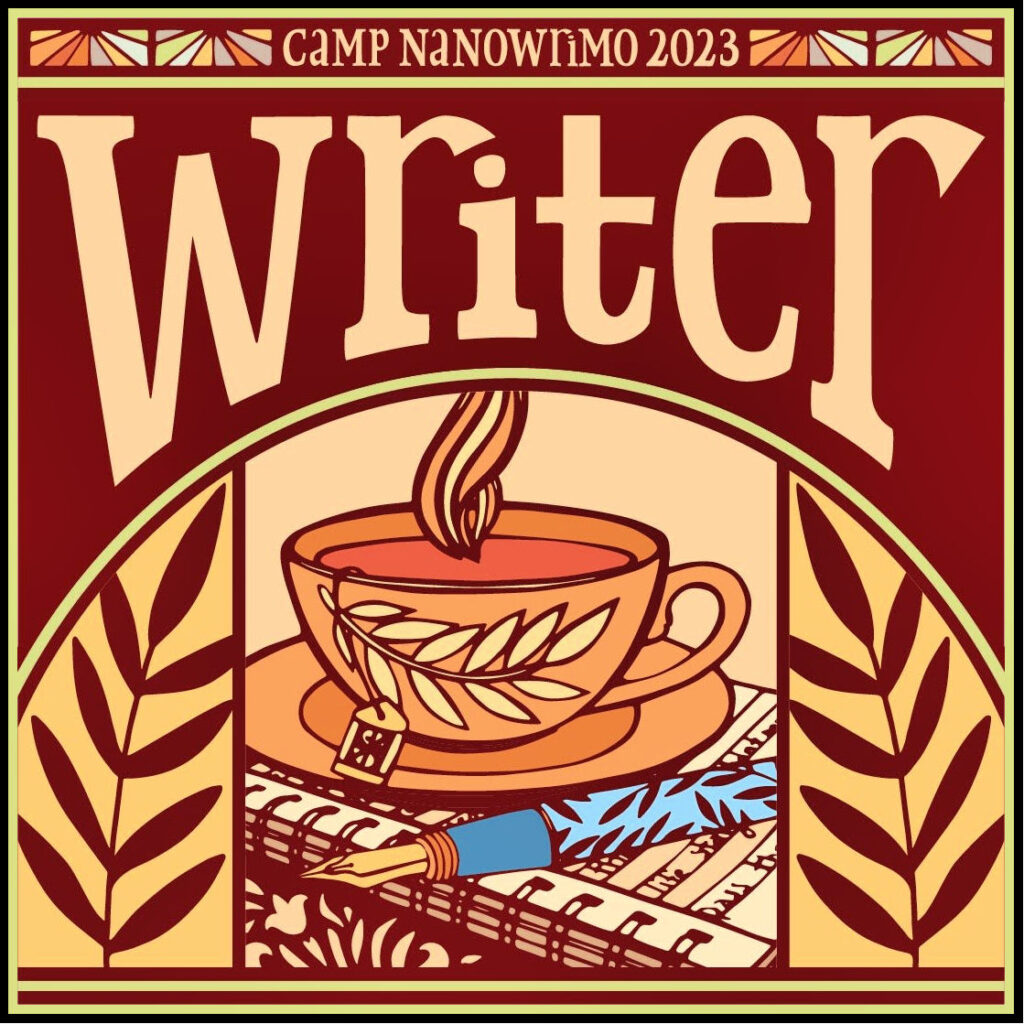The old Milk House had only a tar paper roof, so leaks were a constant problem. My father bought many cans of tar and some kind of silver sealant to fix the roof. The building was never considered valuable enough to shingle or replace the roof. I do not think Dad ever considered that human feet rather than water were responsible for the chronic infiltration that ruined the ceilings and walls.

My brothers and I walked on the roof with frightening regularity. We did not even need a ladder. It was easy to vault onto the roof of the tool shed and then hoist oneself onto the top of the Milk House. The roof was a great place to make myself scarce if my mother required something of me. When I heard her voice, I would lie flat and still on the side, away from the house, until she stopped calling. Because the house was her sole domain, I cannot recall that she ever caught me. She assumed I was somewhere out on the farm or at a neighbor’s house. I had considerable freedom in my youth, although I did not think so then.
I was never injured from a fall off the roof. The scary interior of the structure presented the most danger.
Water and smoke had tanned the once-white walls, cracked from the entire structure slipping into the deep clay soil. A network of deep crevices covered the whole floor and exposed dirt the builders had poured upon decades before. Meanwhile, refuse of years clogged the floor drains. I imagined others were as terrified as I would be to clear those broad drains for fear of what they might find. Useless and corroded electrical wires hung from disconnected fixtures. No one could remember a time when the lights worked. Two double and two single windows, all cracked and missing panes and glazing, provided daylight as long as the yellowed paper shades were up. But the latter did not work, so someone had torn a few rollers from their hardware. The ceiling panels of paperboard were suspended intact upon a suspended wooden gridwork. The panels made a complete set that hid the forgotten attic, but water damage had bowed each of them so that they looked like the underbellies of pregnant sows. Adults warned me never to succumb to the temptation to poke the bellies for fear an ancient witches-brew of stagnant water and bat guano would gush upon my head.
While this house had not stored milk for ages, it was the repository of family cast-offs. My inventory of the remembered contents includes a clothes press, a chicken plucker, paint cans, snow tires, bicycle skeletons, salvaged exterior lumber, and turn-of-the-century armchairs. Nobody cared about the things that we stored here except that they did not not care enough to junk them. My dad almost had exclusive rights to the salvage man who hauled away the burn barrels, old cars, farm machinery, and rusted implements that were the never-ending projects of the hobby farmer. Yet the contents of the Milk House were never touched.
Abiding clutter took on a mystical quality that fueled my fear by association because of what surprised me when I entered the building. The floor was sometimes covered with mouse or rat feces, and my job was to sweep it up. I gagged from the smell of dead birds that would get in but could not escape. I learned that mice love to die in old tires. On several occasions, I found their soft mummified corpses when my father asked me to haul out a snow tire. Worse was the dead body of a large gray cat, decomposing in an old, bald whitewall. But what could have given me PTSD if I had known what it was in the 1960s was that dratted Great Western Duplex cabinet heater. To me, that stove was the Prime Malevolent Mover of the haunting.
[Next post: The Great Western Cabinet Stove.]



